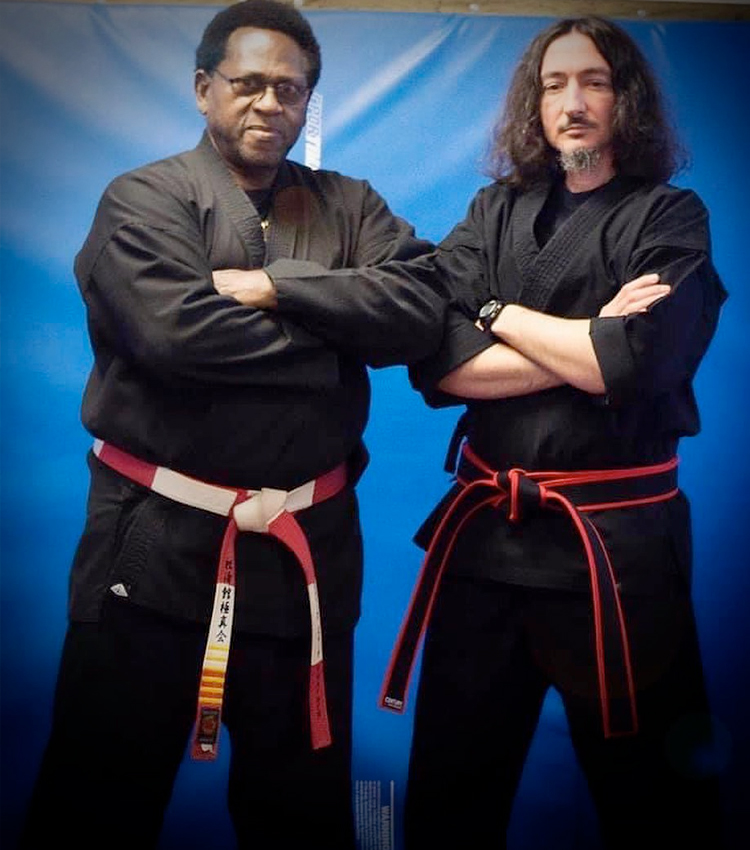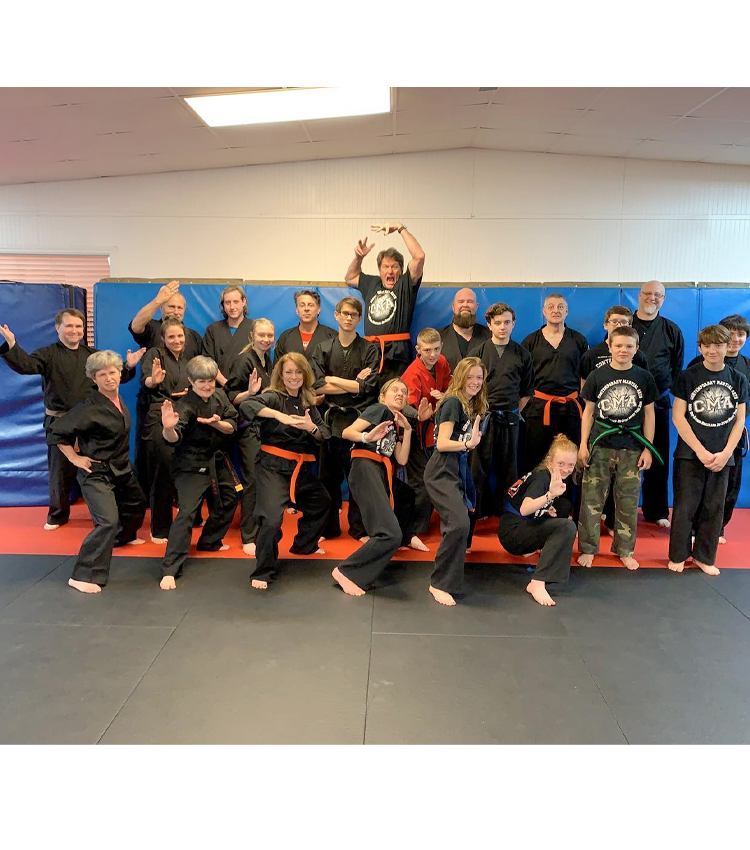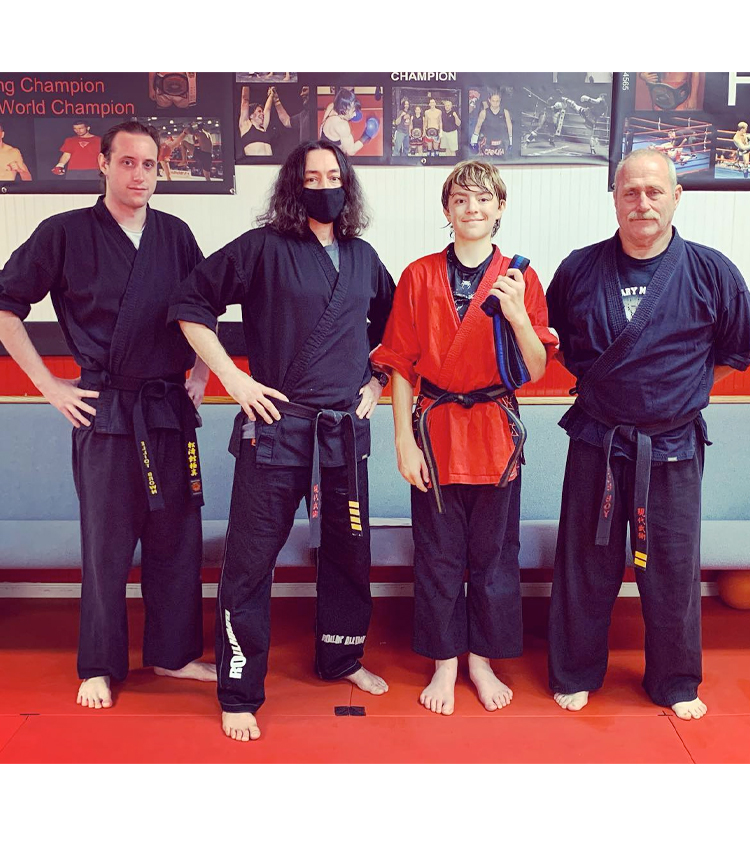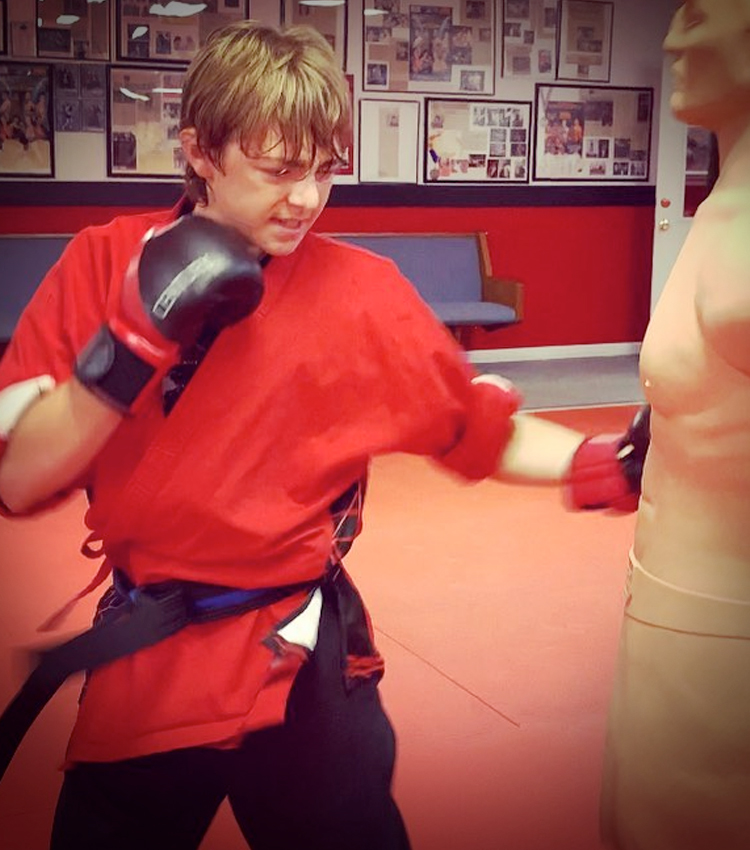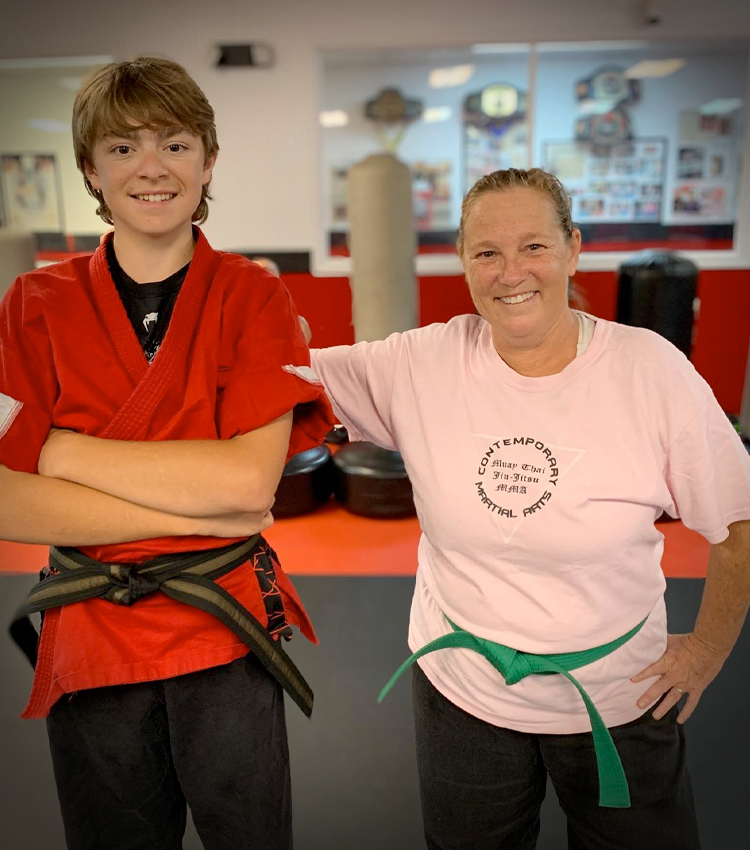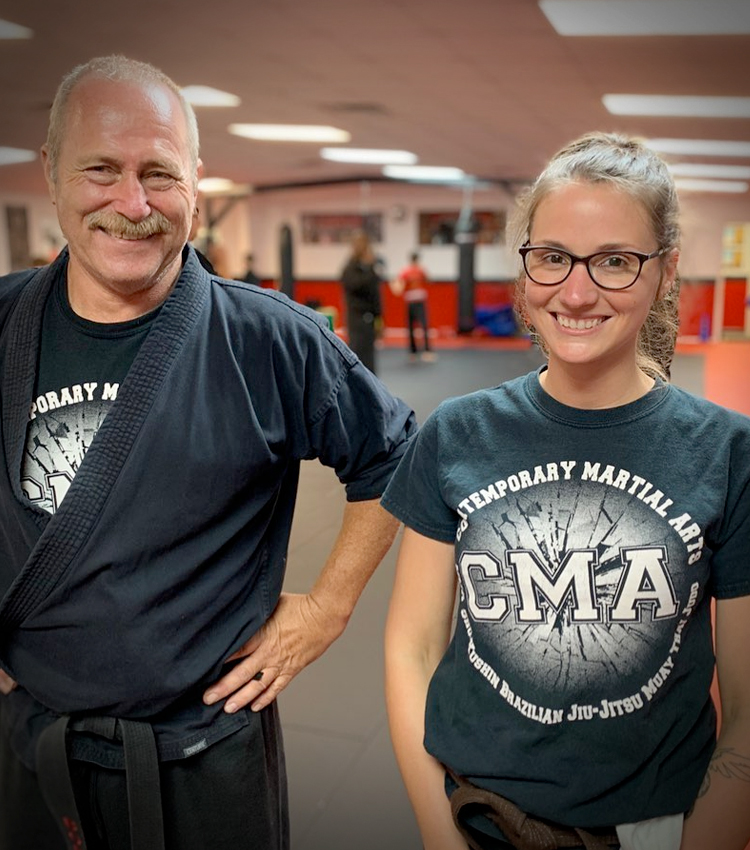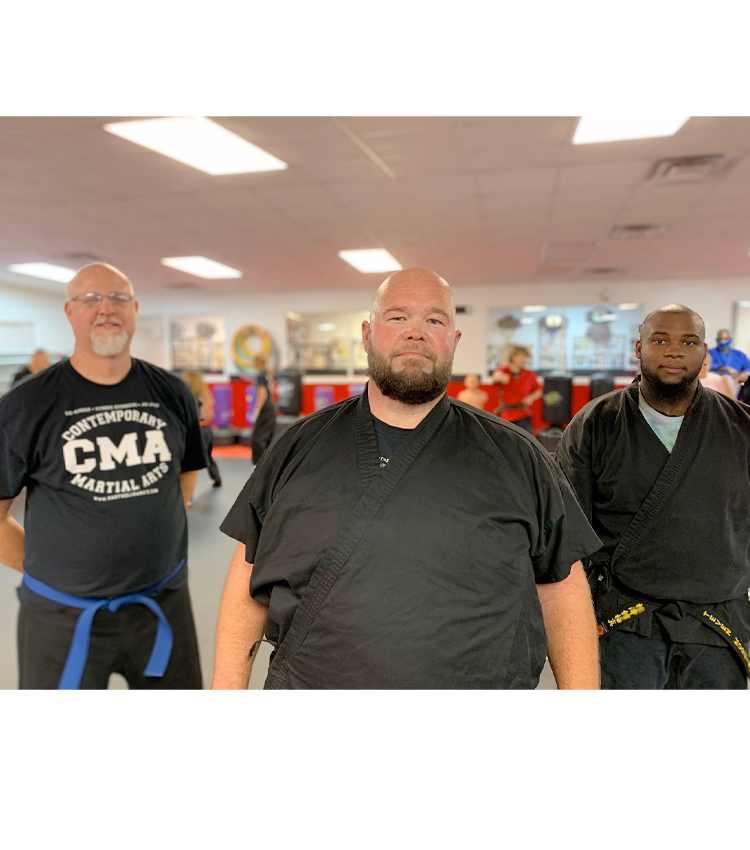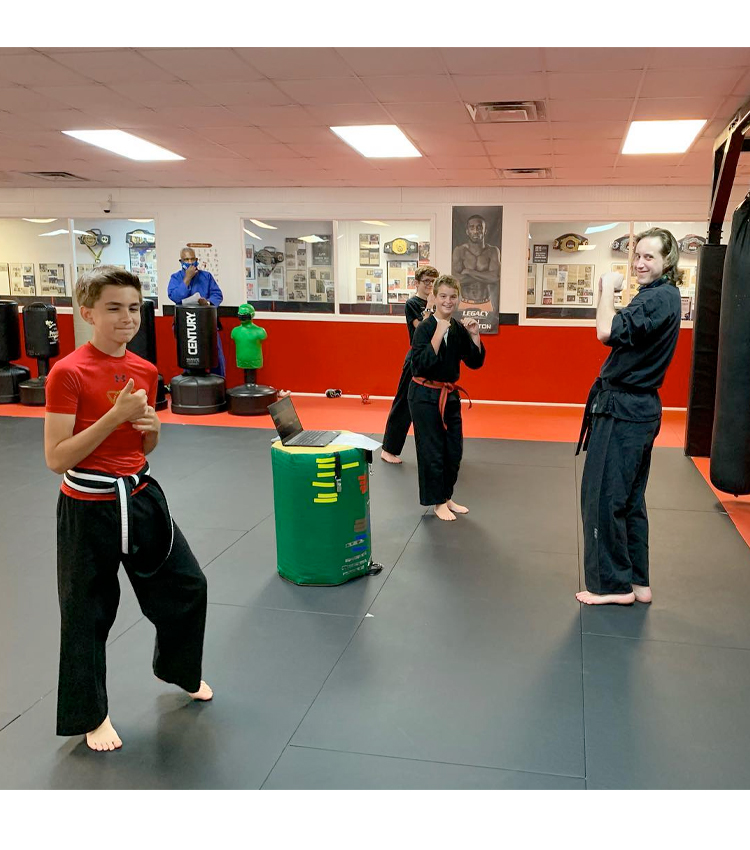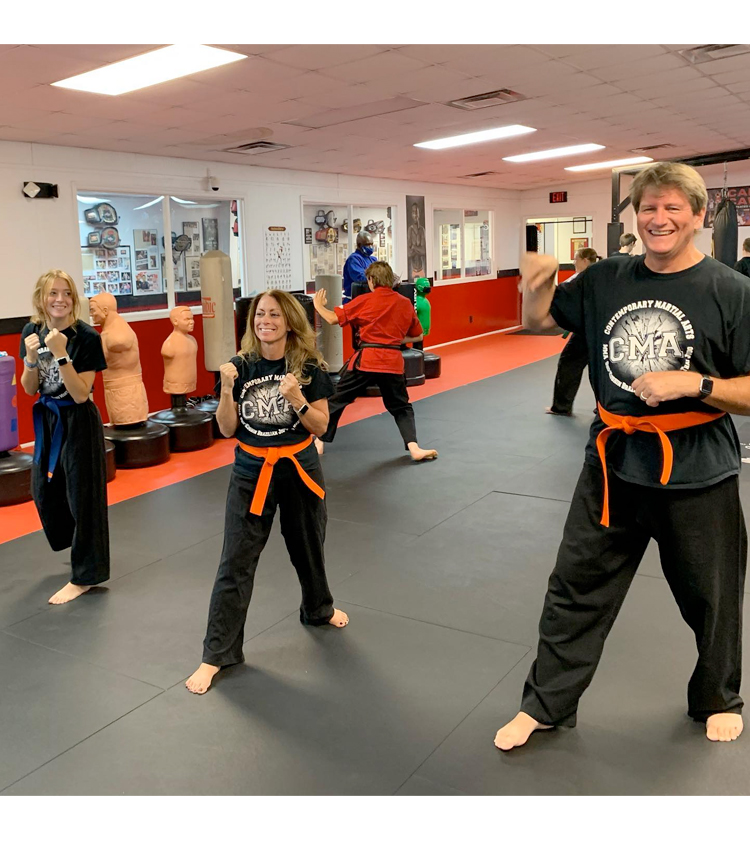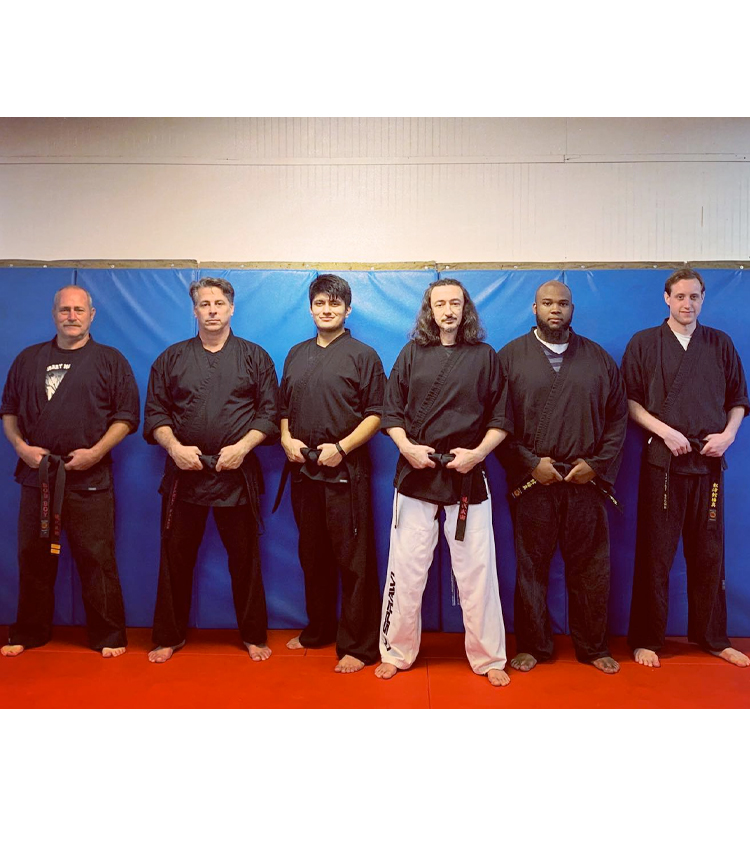
Contemporary Martial Arts, Inc. | 99 Nancy Dr, Hartwell, GA 30643 | ![]() (706) 376-5544
(706) 376-5544
Shotokan Karate
Shotokan - is a style of karate, developed from various martial arts by Gichin Funakoshi (1868–1957) and his son Gigo (Yoshitaka) Funakoshi(1906–1945). Gichin was born in Okinawa and is widely credited with popularizing "karate do" through a series of public demonstrations, and by promoting the development of university karate clubs. As the most widely practiced style, Shotokan is considered a traditional and influential form of karate do. Shotokan was the name of the first official dojo built by Gichin Funakoshi, in 1936 at Mejiro, and destroyed in 1945 as a result of an allied bombing. Shoto meaning "pine-waves" (the movement of pine needles when the wind blows through them), was Funakoshi's pen-name, which he used in his poetic and philosophical writings and messages to his students. The Japanese kan means "house" or "hall". In honor of their sensei, Funakoshi's students created a sign reading shōtō-kan, which they placed above the entrance of the hall where Funakoshi taught. Gichin Funakoshi never gave his system a name, just calling it karate. Shotokan training is usually divided into three parts: kihon (basics), kata (forms or patterns of moves), and kumite (sparring). Techniques in kihon and kata are characterized by deep, long stances that provide stability, enable powerful movements, and strengthen the legs. Shotokan is regarded as a dynamic martial art as it develops anaerobic, powerful techniques as well as developing speed. Initially strength and power are demonstrated instead of slower, more flowing motions. Those who progress to brown and black belt level develop a much more fluid style that incorporates grappling, throwing and some standing joint locking jiu-jitsu-like techniques, which can be found even in basic kata. Kumite (fighting) techniques are practiced in the kihon and kata and developed from basic to advanced levels with an opponent.
Kyokushin Karate
Kyokushin is a style of stand-up, full contact karate, founded in 1964 by Korean-Japanese Masutatsu Oyama. "Kyokushin" is Japanese for "the ultimate truth". It is rooted in a
philosophy of self-improvement, discipline and hard training. Its full contact style had international appeal (practitioners have over the last 40+ years numbered more than 12 million).
Oyama had designed the Kanji of Kyokushinkai to resemble the Samurai sword safely placed in its sheath. Kanji is the representation (using Chinese characters) of the word Kyokushinkai,
which is the name of the ryu or style. Translated, "kyoku" means "ultimate", "shin" means "truth" or "reality" and "kai" means "to join" or "to associate". In essence Kyokushinkai, roughly translated, means
"Ultimate Truth". This concept has less to do with the Western meaning of truth; rather it is more in keeping with the bushido concept of discovering the nature of one's true character when tried. One of the
goals of kyokushin is to strengthen and improve character by challenging one's self through rigorous training.
Sparring, also called kumite, is used to train the application of the various techniques within a fighting situation. Sparring is usually an important part of training in most Kyokushin organizations, especially
at the upper levels with experienced students.
In most Kyokushin organizations, hand and elbow strikes to the head or neck are prohibited. However, kicks to the head, knee strikes, punches to the upper body, and kicks to the inner and outer leg are permitted.
In some Kyokushin organizations, especially outside of a tournament environment, gloves and shin protectors are worn. Speed and control are instrumental in sparring and in a training environment it is not the
intention of either practitioner to injure his/her opponent as much as it is to successfully execute the proper strike. Tournament fighting under knockdown karate rules is significantly different as the objective is
to down an opponent. Full-contact sparring in Kyokushin is considered the ultimate test of strength, endurance, techniques and spirit.
Total Body Workout
Karate is a high-aerobic workout that uses every muscle group in the body. Your stamina, muscle tone, flexibility, balance and strength will all improve through martial arts.
Self Confidence
Due to the goal setting, positive encouragement and respect for values that are part of all martial arts programs, the greatest benefit usually reported by martial arts students is greater self-confidence. You become more comfortable in all situations – whether you’re in danger or simply doing a task that takes you beyond your comfort zone — and you’ll discover you can accomplish anything you set your mind to.
Improved Cardiovascular Health
Research has found that the only real way to improve the status of the cardiovascular system is by participating in activities that stress the heart, such as martial arts.
Weight Loss
A one-hour session of moderate intensity martial arts can burn up to 500 calories.
Improved Reflexes
Research has found that by participating in martial arts, you not only improve your reflexes while performing the activity, but actually experience faster reaction times during all activities of your life. This is very important in a number of daily activities, such as driving.
Focus and Stillness
As Bruce Lee pointed out, behind the punches, kicks and knees, a true martial artist learns to sit with himself and see where his weaknesses are. As a martial artist, your will learn what it is to be still, challenged and focused.
Teaches Great Morals & Values
Karate wisdom has it that after consistent practice, one becomes less impulsive and aggressive towards others.
Muscle Tone
By participating in karate, you can greatly improve the amount of muscle mass you have in your body. The higher your muscle mass, the higher your metabolic demands will be, and subsequently the more calories you will burn each day, thereby helping fight obesity and promote weight loss. High levels of muscle mass also lead to increased agility, thereby reducing the possibility of falls as you age.
Better Mood
Researchers have found that participating in a regular exercise routine is one of the best ways to improve your mood. Performing martial arts is not only a good way to relieve stress and frustration but may actually help to make you happier. The endorphins released by physical activity appear to be active in your body for as many as four hours after exercise.

